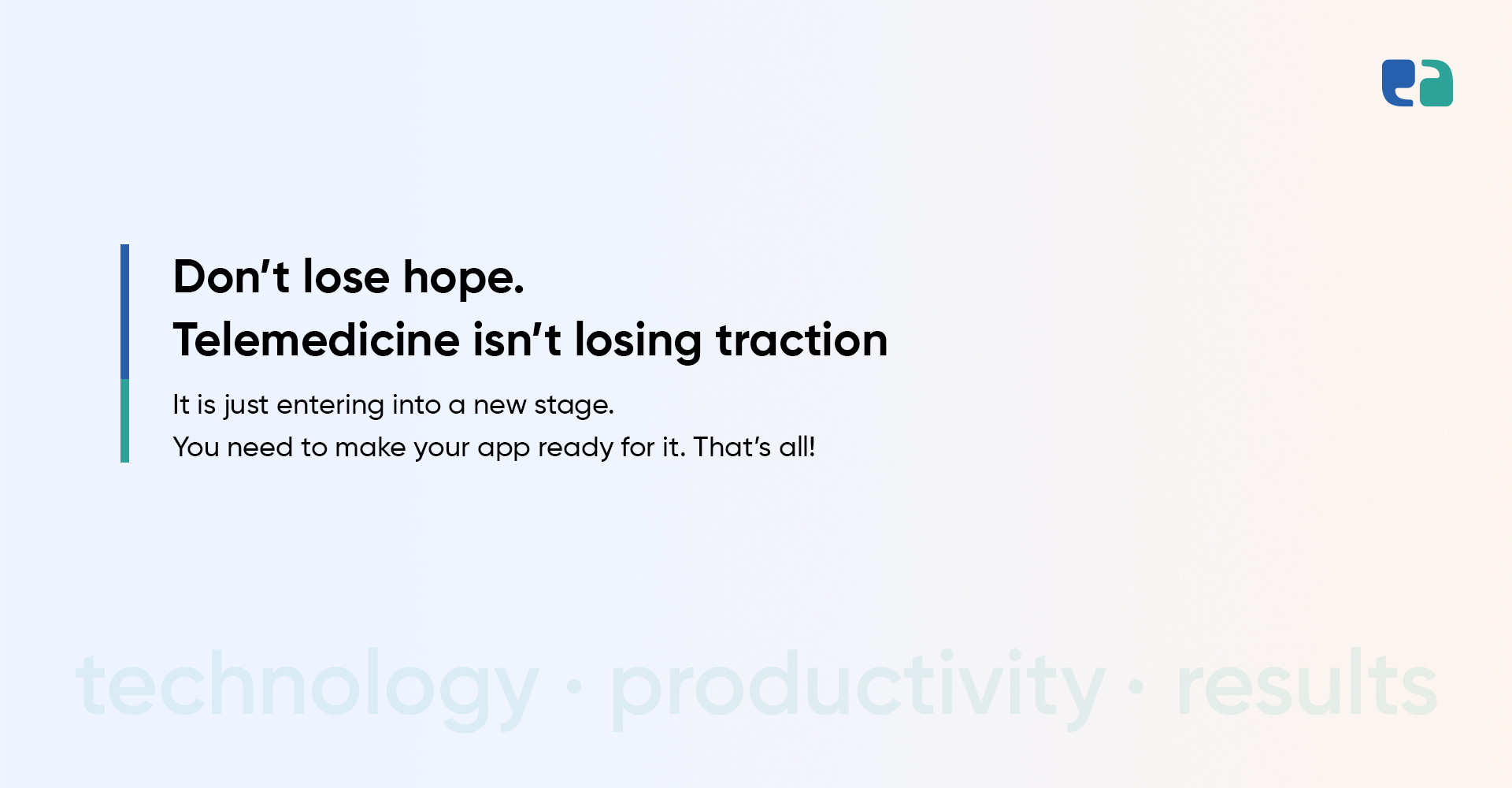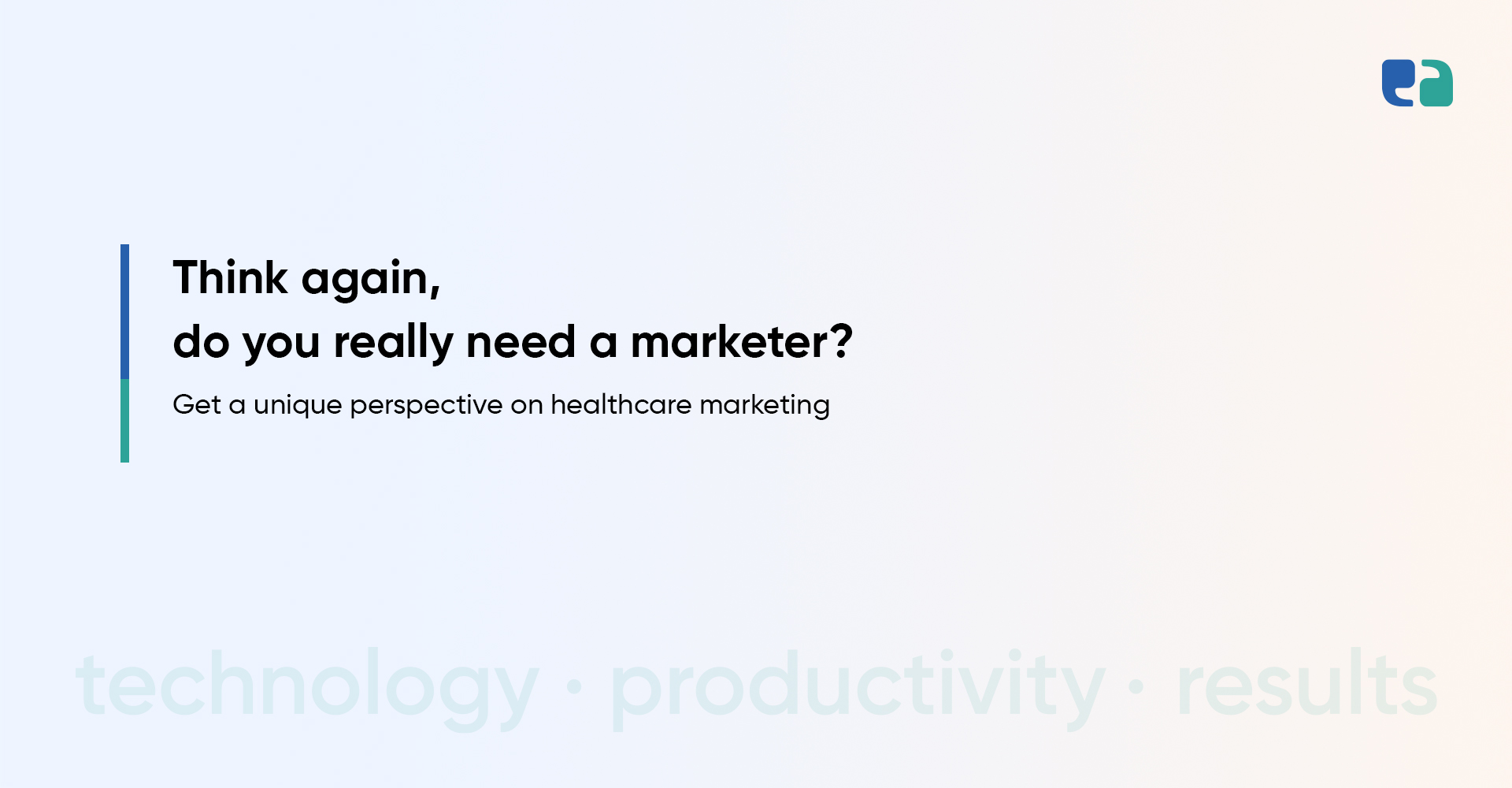Let’s not talk about what already happened. But let’s focus on what you can do next.
You can get thousands of users on your telemedicine app if you reconsider the following points and work on them.
(In case you’re wondering who are we to tell you how to get telemedicine users, let us tell you, that we have been dealing with telemedicine tech & business even before the pandemic.
During the pandemic, we built and launched a white-label telemedicine solution that has successfully benefited 30+ healthcare providers and startups across North America.)
Finally Decoded! Your Telemedicine App isn’t Getting Users Because of These Reasons
Here is how we recently changed the fate of the failing telemedicine app
A West Coast-based healthcare provider turned into an entrepreneur who developed and launched the MVP version of the telemedicine app last year.
Even after making it a full-fledged app, the app wasn’t performing well. It was surprising for him as he researched well and the market was also in his favour.
But when we assessed why his telemedicine app wasn’t getting enough users, we found several QA, workflows, UI/UX, and compliance issues that he wasn’t aware of.
To solve all issues, we later provided him with developers, designers, QA engineers, business analysts, and compliance specialists.
And since his app idea was impactful and visionary, we invested as well. So, this way he managed to build a 2.0 version of his app without spending anything.
As of now, his app is one of the most successful telemedicine apps in his region with profitable app modules like healthcare eCommerce, online pharmacy, and remote patient monitoring integrated with the virtual care delivery model.




